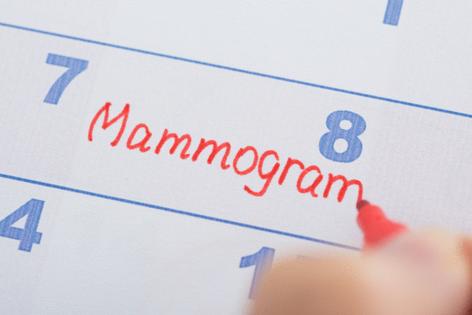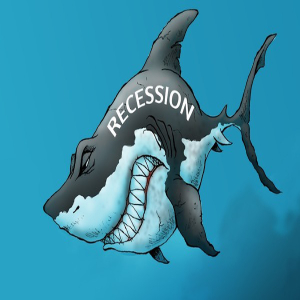Mayo Clinic Q and A: How breast cancer screening can save lives
Published in Health & Fitness
DEAR MAYO CLINIC: I'm about to turn 40, and I'm nervous about getting my first mammogram. I hear they can be uncomfortable or even painful. Is breast cancer screening really that important?
ANSWER: It can be a bit daunting at first, but breast cancer screening helps people live longer. Screening can catch cancer early, either in the precancerous stage or when it's localized to a very small part of the body. When we can catch it early and decrease the risk of it coming back in the future, patients not only live longer, but they also may live with fewer symptoms and breast cancer or cancer treatment-related concerns.
A common misconception around screening is, "I don't have a family history of breast cancer, so I don't know that I need a mammogram." That's concerning because we know 1 in 8 women get breast cancer, which is common. It's critical that, no matter what your history is, you still consider breast cancer screening for the future.
We recommend that breast cancer screenings start at age 40, although these decisions should be individualized. Some patients may need screening earlier based on family history, personal history or genetic predisposition. It's not one-size-fits-all, and it's good to decide with a primary care clinician, depending on your specific risk. For example, if there are any hints of a strong breast cancer history in the family, we may consider genetic testing.
Traditionally, breast cancer screening is with a 3D mammogram. With breast self-exams, we recommend patients get to know their breasts — or, if they've had a mastectomy, their chest wall — and notice if there are any changes, such as any new lumps or bumps, and then bring that to their healthcare team's attention. It's not uncommon to have breast changes over time. This can happen due to menstrual cycles or hormonal changes. But if you feel a lump that does not go away or worsens over a matter of weeks, that's a reason to get examined. Other things to look out for include flattening of the nipple, nipple discharge or a hard lump in the underarm.
We eliminate many early-stage breast cancers with a combination of surgery, radiation and medications. Most breast cancers are very treatable and curable. With breast cancers that are detected at a later stage, there are still ways that we can suppress these cancers to help people live longer with fewer symptoms.
The question of how frequently someone needs to be screened comes up a lot. Our general guidance is annual screening with mammograms or 3D mammograms. For patients with a very high risk for breast cancer, extremely dense breasts or another reason that makes it harder to detect breast cancer in a screening 3D mammogram, we might recommend additional or supplemental screening, often with an MRI or an MBI (molecular breast imaging). It really depends on risk.
We have patients who strongly prefer or request to have screening less often. Overall, the most important parts of this process are discussing screening with your primary healthcare clinician and sharing decision-making. It's important for patients to know the general guidelines and to advocate for themselves if they're in a group that might fall outside our typical guidance, such as high-risk patients who might need to be screened earlier. Talk to your healthcare team about what's right for you. — Elizabeth Cathcart-Rake, M.D., Medical Oncology, Mayo Clinic, Rochester, Minnesota
©2024 Tribune Content Agency, LLC.










Comments